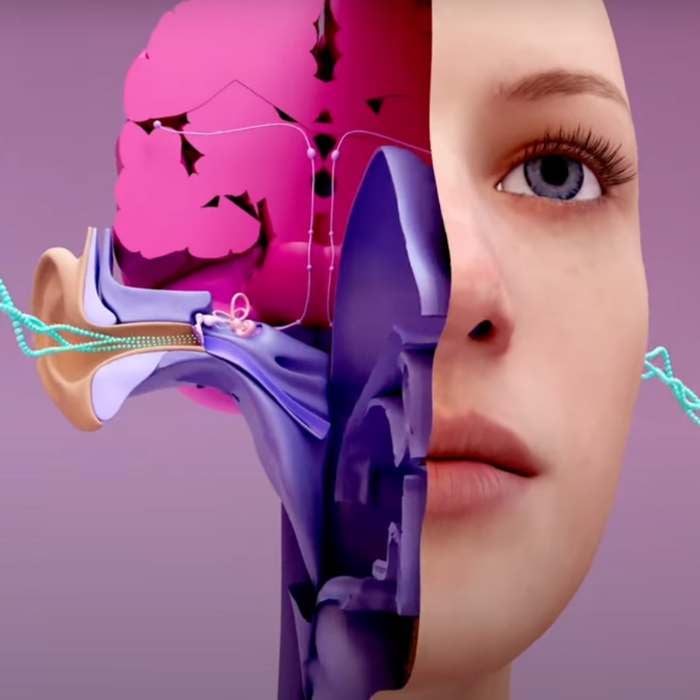Key Takeaways:
- The ear is made up of an intricate team of key players that together allow us to hear and experience life everyday!
- The outer ear (pinna) and ear canal are what typically come to mind when we think about the ear - because we can see them.
- The eardrum transforms movement of air particles, as sound moves them, into mechanical energy by moving the bones in the ear (the ossicles).
- Then, the energy changes into hydraulic energy as the middle ear bones push on the fluid-filled inner ear (cochlea).
- Finally, sound moves up to the brain electrically through the hearing nerve.
.png)
As an audiologist, I enjoy educating others on the intricacies of the human ear. Although the ear may appear like a simple body part, the ear is actually a complex system of tiny components that work together to create our sense of hearing. Are you ready to dive into the fascinating world of the human ear? In this article, we will take a deep dive into the inner workings of the ear and explore how each part plays a critical role in our ability to hear. So, put on your fun caps, and let's embark on a journey into the ear!
The inner ear is made up of two parts: the hearing portion and balance portion of the inner ear. The hearing part of the ear can be broken down into several parts, including the pinna/auricle, ear canal, eardrum, ossicles, cochlea, and hearing nerve. Let's take a closer look at each of these components and see how they contribute to hearing.
Pinna - the part you can see
First up, we have the pinna, also known as the auricle. Of all the items on our list, it's the only part of the ear we can see from the outside. This little guy may seem like a cosmetic feature, but there's actually a lot more to it. The pinna is essential in capturing sound waves and directing them into the ear canal. The shape and position of the pinna help amplify sounds in specific frequencies crucial for speech understanding.
The pinna and concha (bowl-shaped area leading to the ear canal) boost sound right at the 2500 Hz range. It's pretty cool, considering that frequency is essential for speech understanding. Our pinna even allows us to localize and perceive space better, simply by what we can perceive, thanks to its shape. You've got to admit that's pretty nifty!
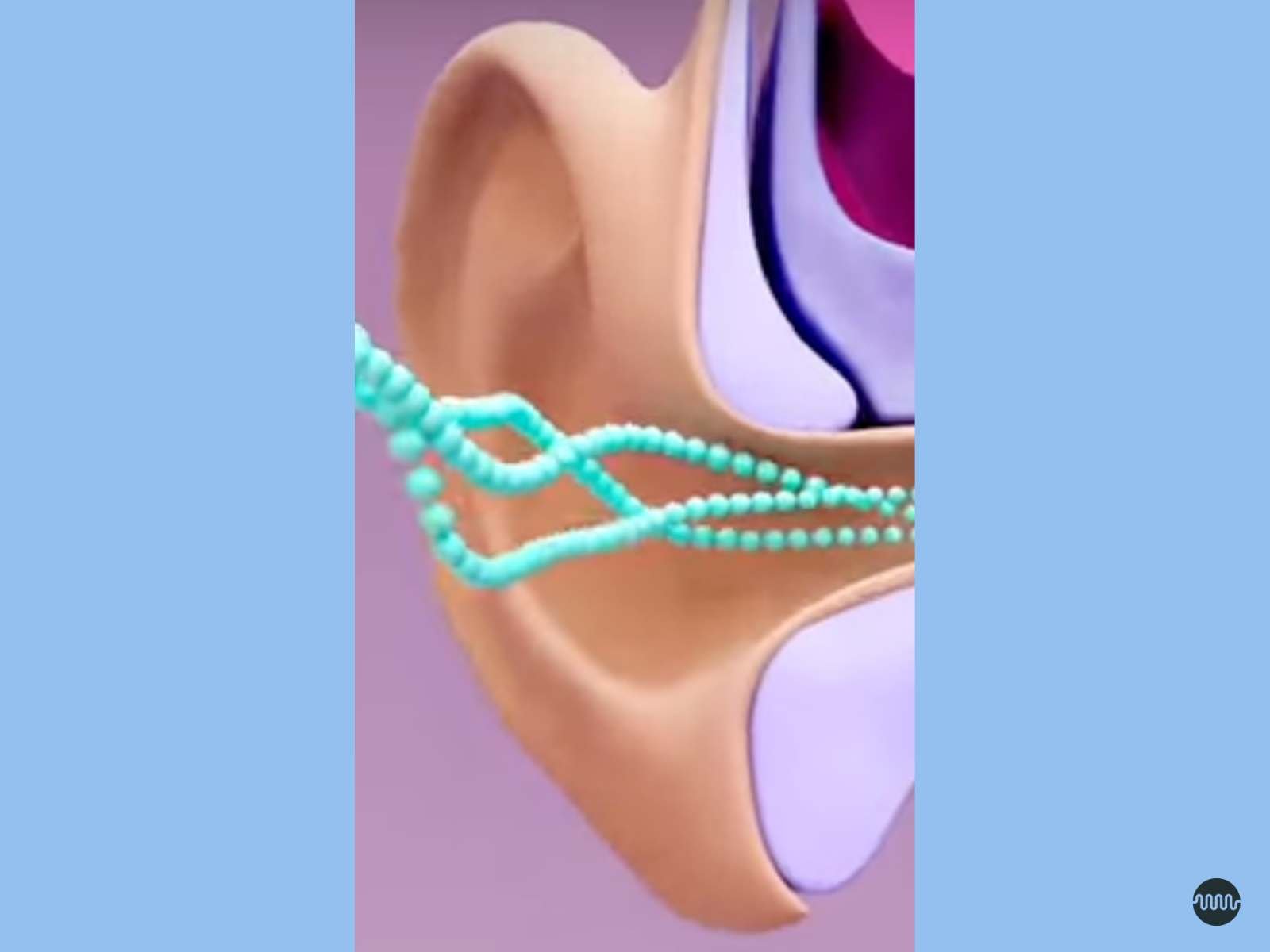
Some hearing aid manufacturers even have a 'pinna effect' in their processing to help sound seem more natural since the hearing aid microphone often sits just behind the ear in a RIC hearing aid.
Ear canal - where earwax lives
As the name suggests, the ear canal is a tube-like structure extending from the pinna to the eardrum. After the outer ear funnels in sound, the ear canal picks up where the outer ear leaves off, sending the sound further into the auditory system.
However, while the ear canal invites sound in and helps it along, it also has a way of keeping out any uninvited guests. We are all familiar with the annoying presence of earwax, but did you know that earwax plays an essential role in keeping our ears healthy?
Earwax helps to protect the ear canal from infection by trapping dirt, dust, and other foreign particles. The ear canal is a dark, moist environment, so ear wax serves as a gatekeeper of sorts.
Check out a video about how earwax forms here:
What else is interesting about the ear canal? Rather than a straight shot to the eardrum, there's a bit of a winding path. We can't see in the ear canal without an otoscope or special camera, though, so you might not know that the ear canal has some bends to it.
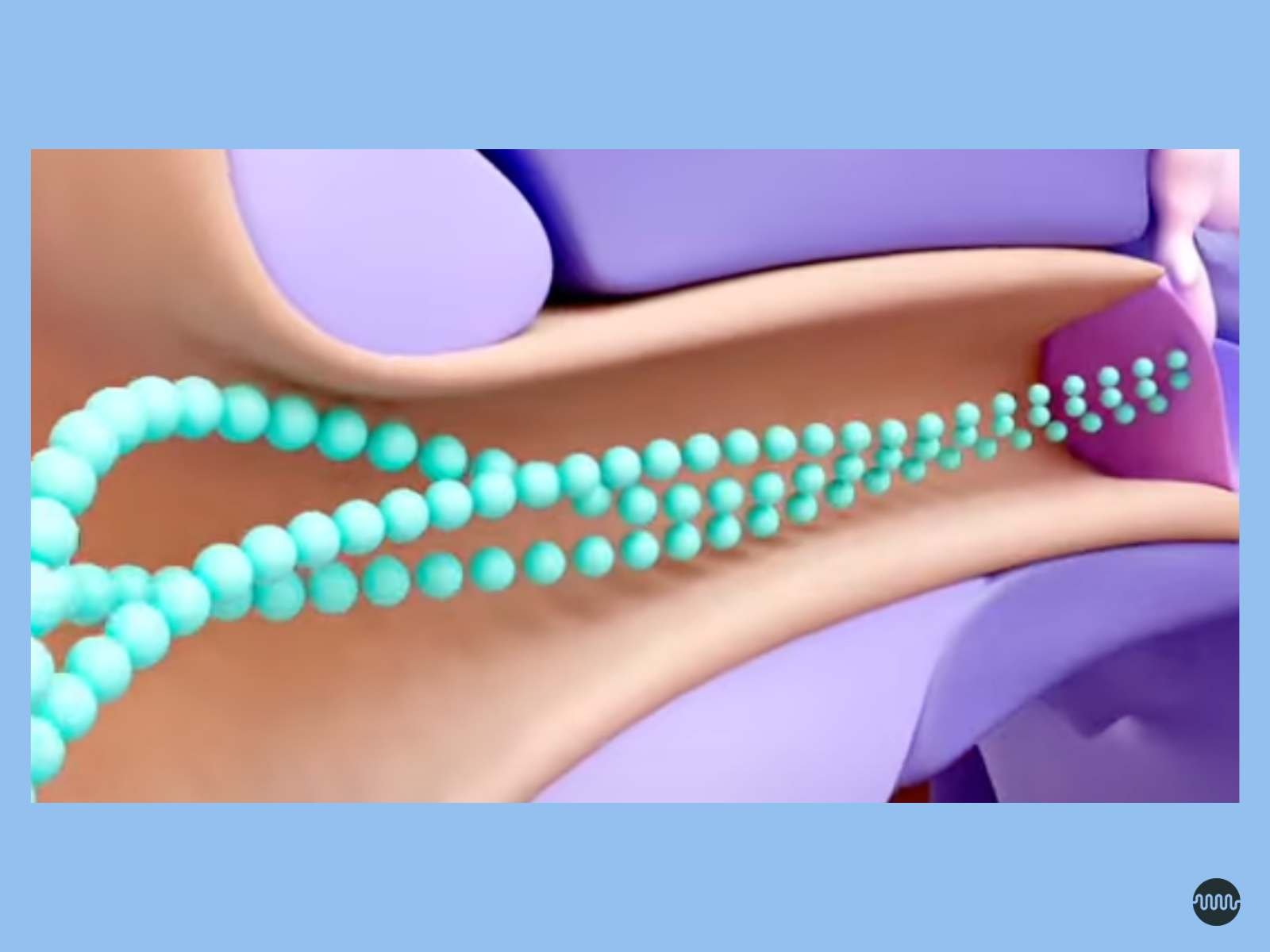
Everyone has a unique shape to their ear canal. And down at the end of this 25 to 30-millimeter tube, you'll find the eardrum, where our journey to the inner ear continues. This bend in the ear canal is a protective feature that prevents insects or foreign invaders from reaching the eardrum at a straight shot.
Eardrum - beats like a bass drum
The eardrum, also known as the tympanic membrane, is the thin, translucent membrane separating the outer and middle ear. When sound waves reach the eardrum, it vibrates like a bass drum, with different movement patterns depending on the sound frequency. The eardrum is made of three layers, and it not only helps you hear but also prevents dirt, bacteria, or other invaders from entering the middle ear. That's a pretty important job since the middle ear is located near the inner ear and brain.
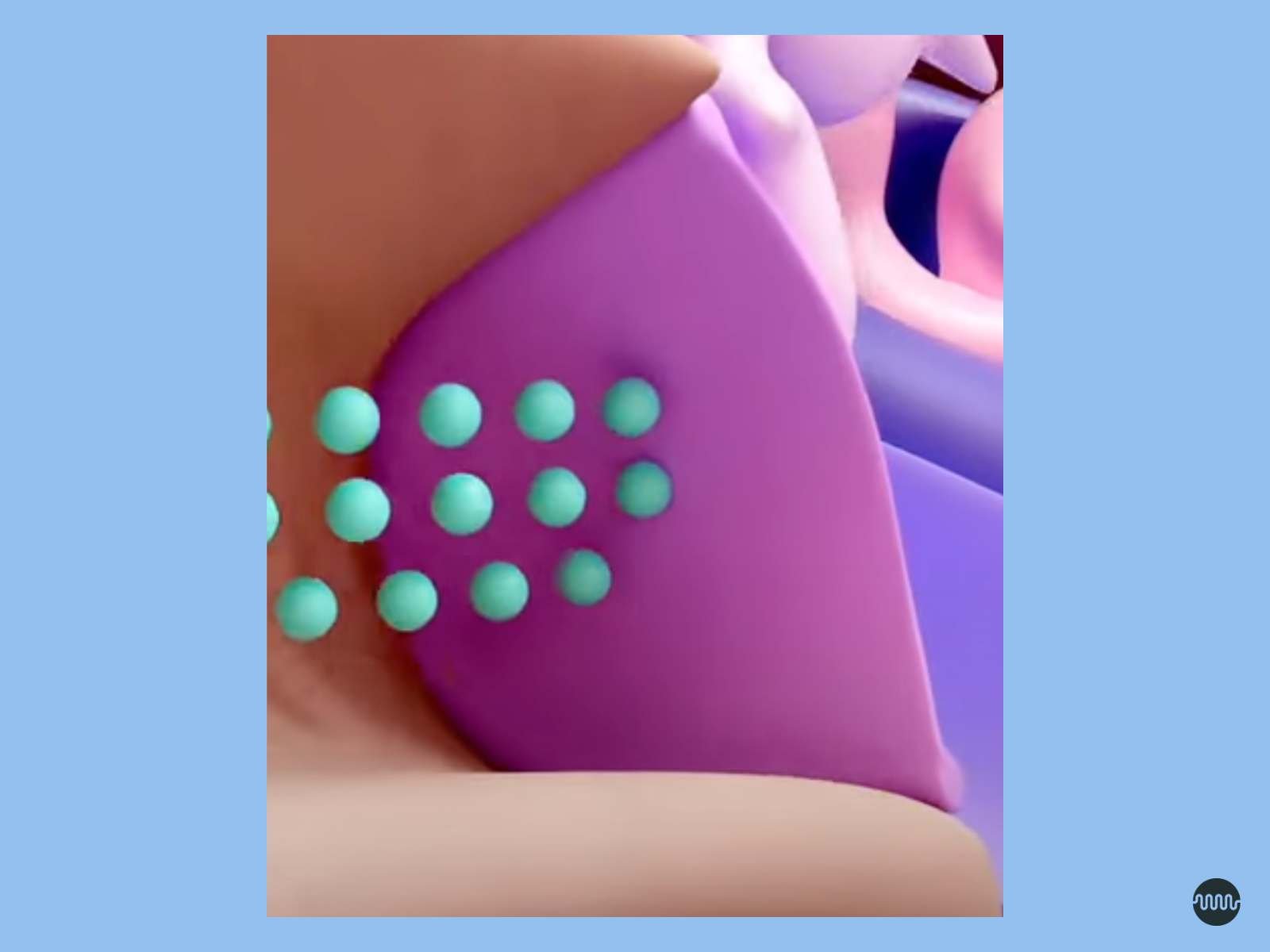
When we look at the eardrum with an otoscope, part of the bones in the middle ear space are visible. You'll notice the manubrium of the malleus bone prominently in the center of the eardrum. As the eardrum moves, it also causes the tiny bones in the middle ear to move.
I find it fascinating how air molecules moving turn into mechanical energy as the eardrum moves, leading to the movement of the tiny bones in the ear. And speaking of mechanical energy, let's move on to the bones in the middle ear, shall we?
Ossicles - these tiny bones have magical powers
The middle ear is home to the ossicles, also known as the malleus, incus, and stapes. These three tiny bones are tiny powerhouses. Think I'm exaggerating? When sound moves the eardrum, the malleus moves with it. However, as we'll soon see, the inner ear is filled with fluid. Did you know that without these middle ear bones, we'd only be able to hear about 0.1% of sound energy that reaches the eardrum? If you've ever tried to listen to sound underwater in a swimming pool, you're probably familiar with how muted sound seems while underwater. So how can these little bones help overcome that?
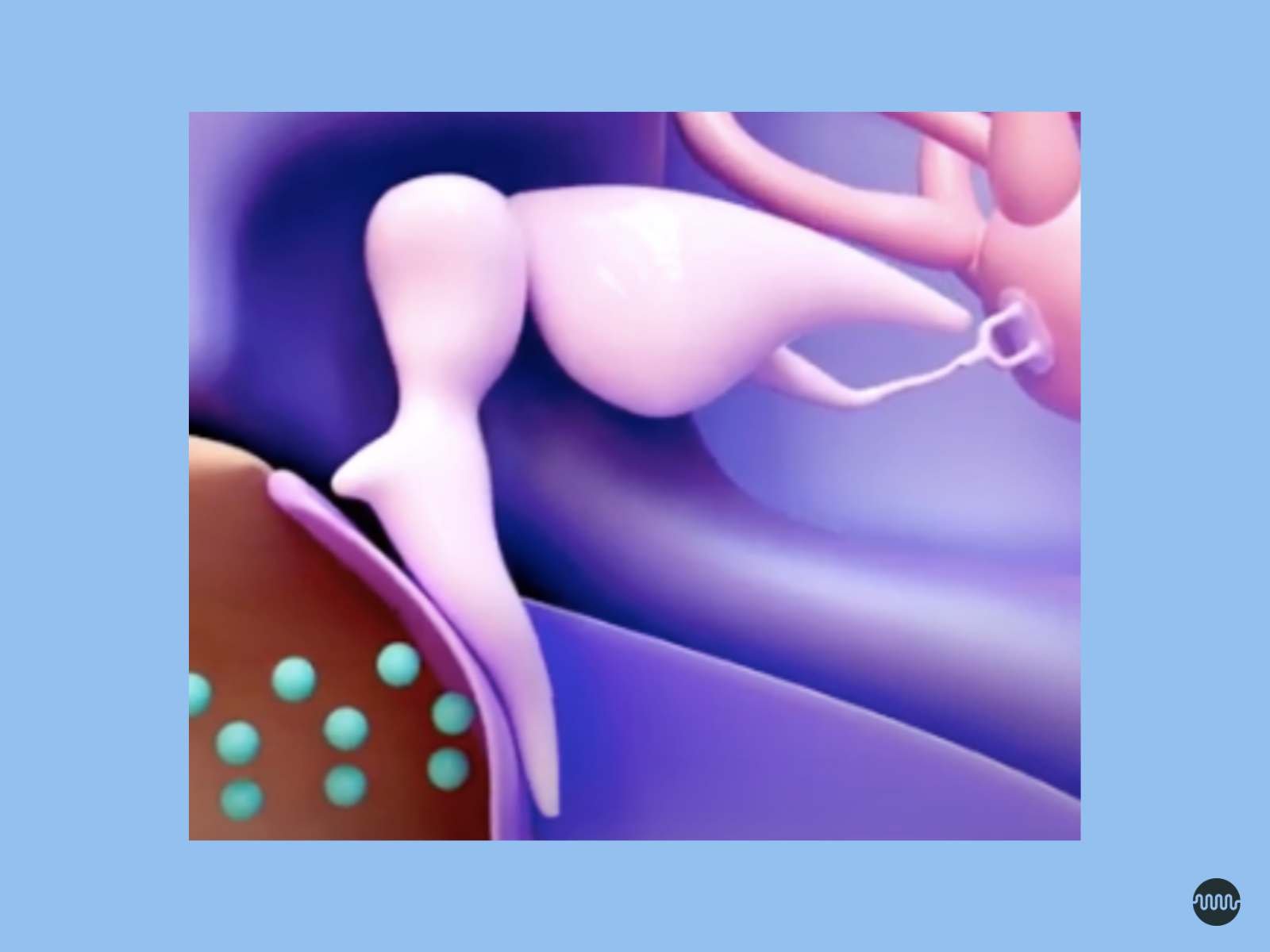
Well, not only are the ossicles the tiniest bones in the body, but they're also some of the cleverest bones in the body. They use a lever system to increase the pressure that reaches the stapes bone in the oval window by a ratio of 18:1 as they transmit and amplify the sound waves to the inner ear.
Without these bones, we would not be able to hear sounds at the level we do. I don't know about you, but I'm pretty impressed.
The cochlea - the snail in your skull
The inner ear is where the magic of hearing really takes shape. The cochlea, a snail-shaped structure, is filled with fluid and contains thousands of tiny hair-like cells.
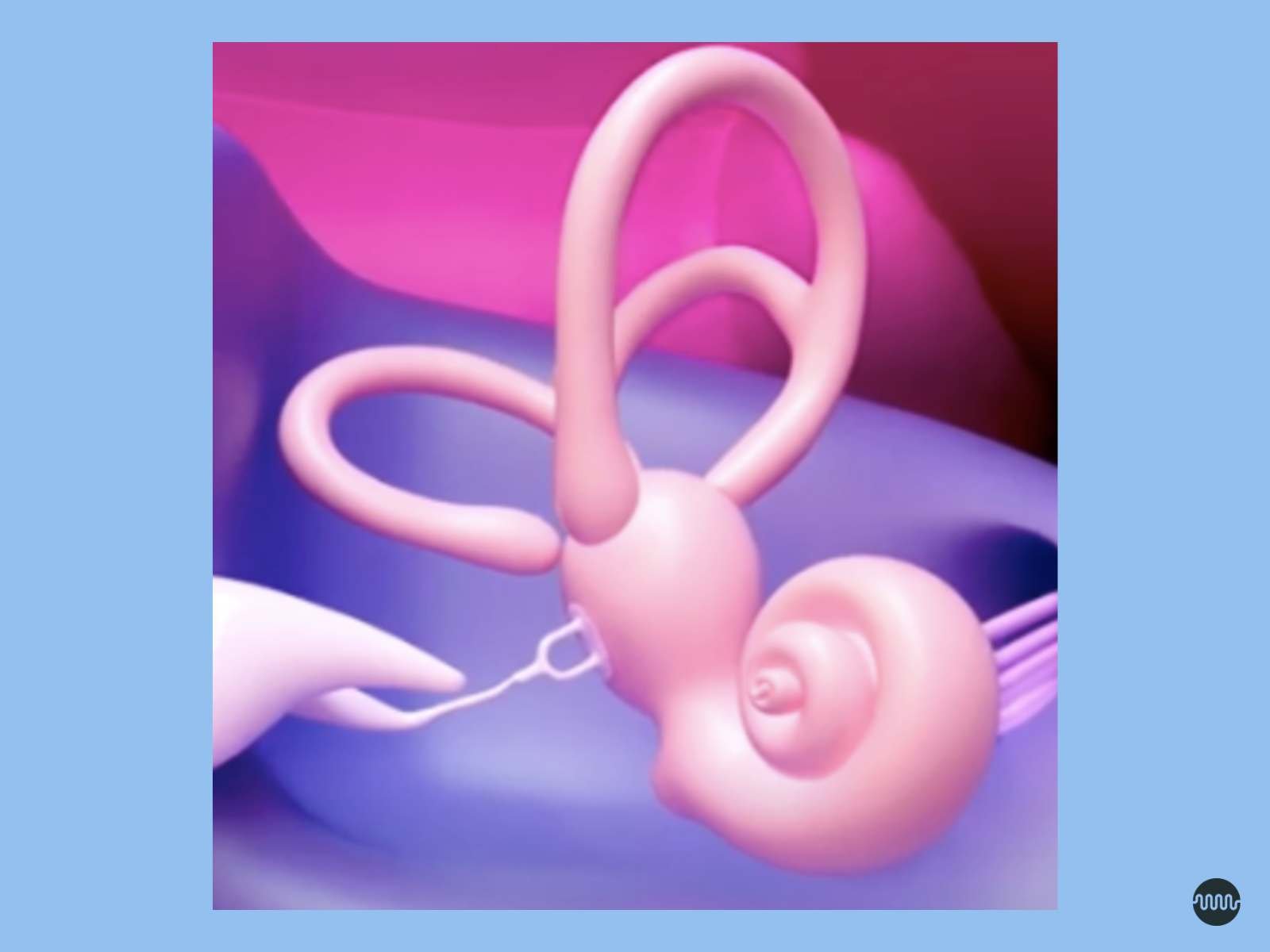
The mechanical energy from the eardrum and ossicles transforms into hydraulic energy in the inner ear. It's been quite a journey to make it this far into the ear, and not to be outdone by each of these amazing structures we've encountered along the way, the hair cells are a spectacle all their own.
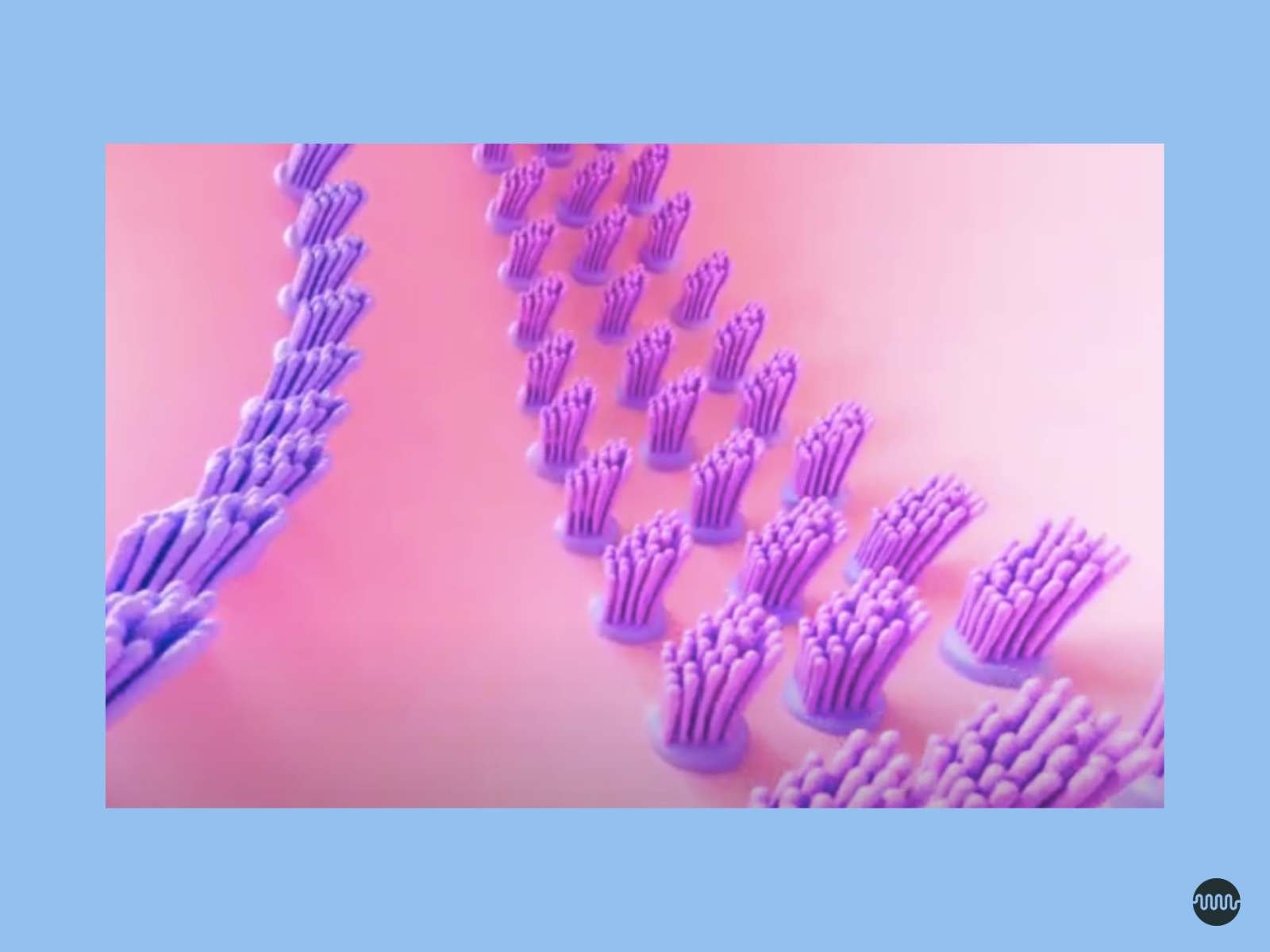
These tiny hair cells transform sound waves into electrical impulses that the brain can understand. The cochlea plays a crucial role in our ability to distinguish different sounds and understand speech. But we couldn't do it without this last part - the hearing nerve.
Hearing nerve - electrically hard-wired for hearing
Finally, the hearing nerve, also known as the auditory nerve, is electrically hard-wired for hearing. Quite literally. This nerve receives information in the language it understands, electrical impulses. Then it sends information from the cochlea to the brain, where it is processed and understood as sound.

So - from start to finish, this whole process is pretty fantastic. Who knew the human ear had so much going on? And all of it happens in fractions of a second, thousands of times each day. These processes happen without any extra effort or work on our part.
Here's a video recap of how the ear works:
Final Thoughts
As we can see, the ear is a complex system of intricate components that work together to create our sense of hearing. Each part plays an essential role in capturing, transmitting, and processing sound waves, allowing us to perceive the world around us.
By understanding the anatomy of the ear, we can appreciate the incredible design and functionality that will enable us to enjoy the sounds of the world. It is also crucial to take care of our ears and protect them from damage, as even mild hearing loss can significantly impact our quality of life. So, be kind to your ears, and appreciate the beauty of hearing!



